Whether you’re moving to or within the Netherlands, you’ll have to be ready to set up your utilities and home essentials — a.k.a. the internet.
Of course, like any foreign country, the Netherlands is full of quirks and getting your internet set up might not be quite what you’re used to.
Here are a few things you need to know about getting internet in the Netherlands.
This post might have affiliate links that help us write the articles you love, at no extra cost to you. Read our statement.
1. The Netherlands has some of the fastest internet in Europe
Yep, you read that right! The average download speed in the Netherlands comes to around 129 Mbps (megabits per second).
For reference, the slowest internet speeds in Europe are as low as 17 Mbps (in Azerbaijan) and 20 Mbps (in Georgia).
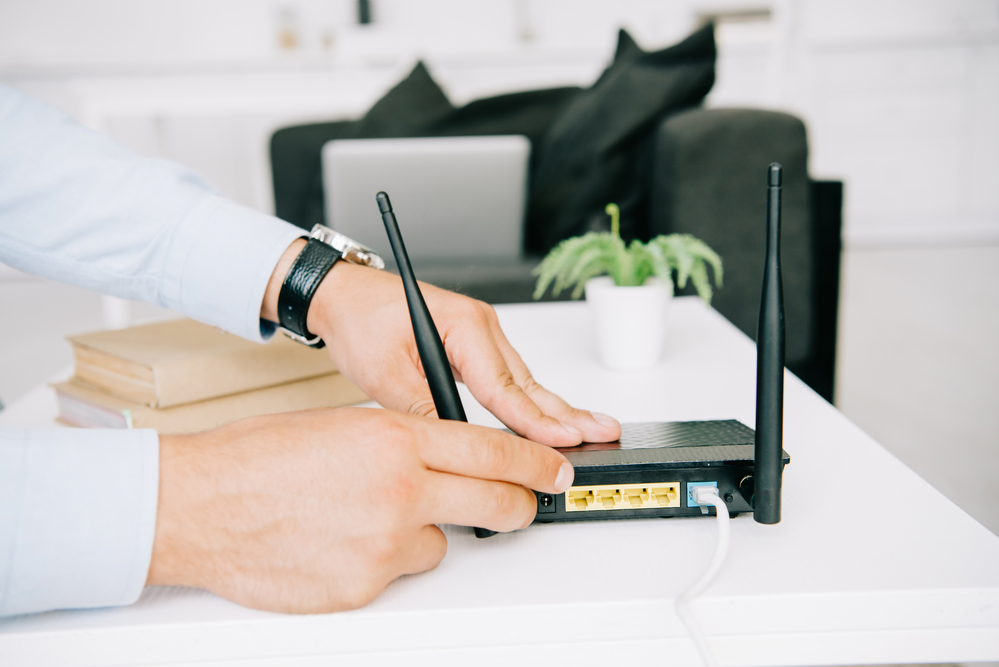
Part of that is thanks to the Netherlands being a small, flat country, making it easier to build the tech infrastructure for fast internet.
Even better, the Dutch are pioneers of internet accessibility and net neutrality, becoming the second country in Europe to enforce it by law.
2. But you’ll want to get fibre optics to take full advantage
That being said, not everyone has super-speedy internet. There are three main types of internet connections in the Netherlands: DSL, cable, and fibre optics.
If your job heavily relies on the internet (online teaching, streaming, etc.) and you want to make the most out of your subscription, getting fibre optics is the best option for you, if it’s available at your location.
Fibre optic internet offers the most stable connection, has very high speeds, and can be developed to be even faster in the future.
Luckily, the Netherlands is home to several fibre optic providers, including:
KPN
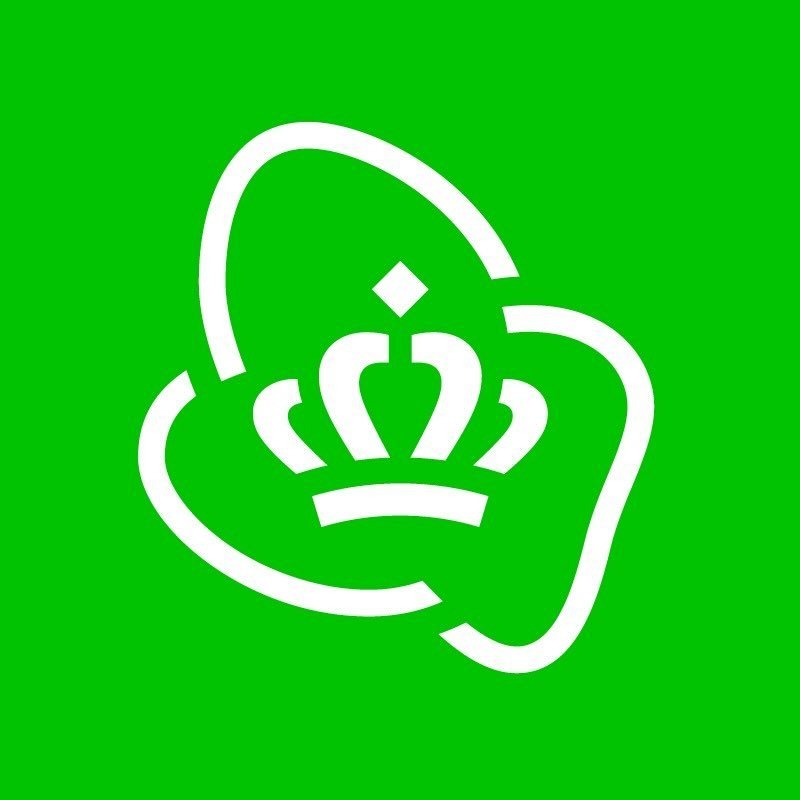
One of the top fibre optic providers in the Netherlands, KPN is known for its high-speed internet and excellent reliability.
Plus, with four different fibre optic packages ranging from 100 Mbps to 4 Gbps upload and download speed, you have full control over how much you’d like to spend.
Ziggo
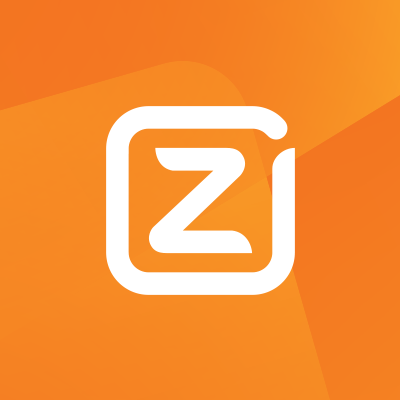
A major broadband and fibre optic internet provider, Ziggo provides both homes and businesses with seamless and high-speed coverage.
Offering internet speeds of 1 Gbps and tested download speeds of a blazing 10 Gbps, a Ziggo connection is ideal for heavy data-users.
Odido
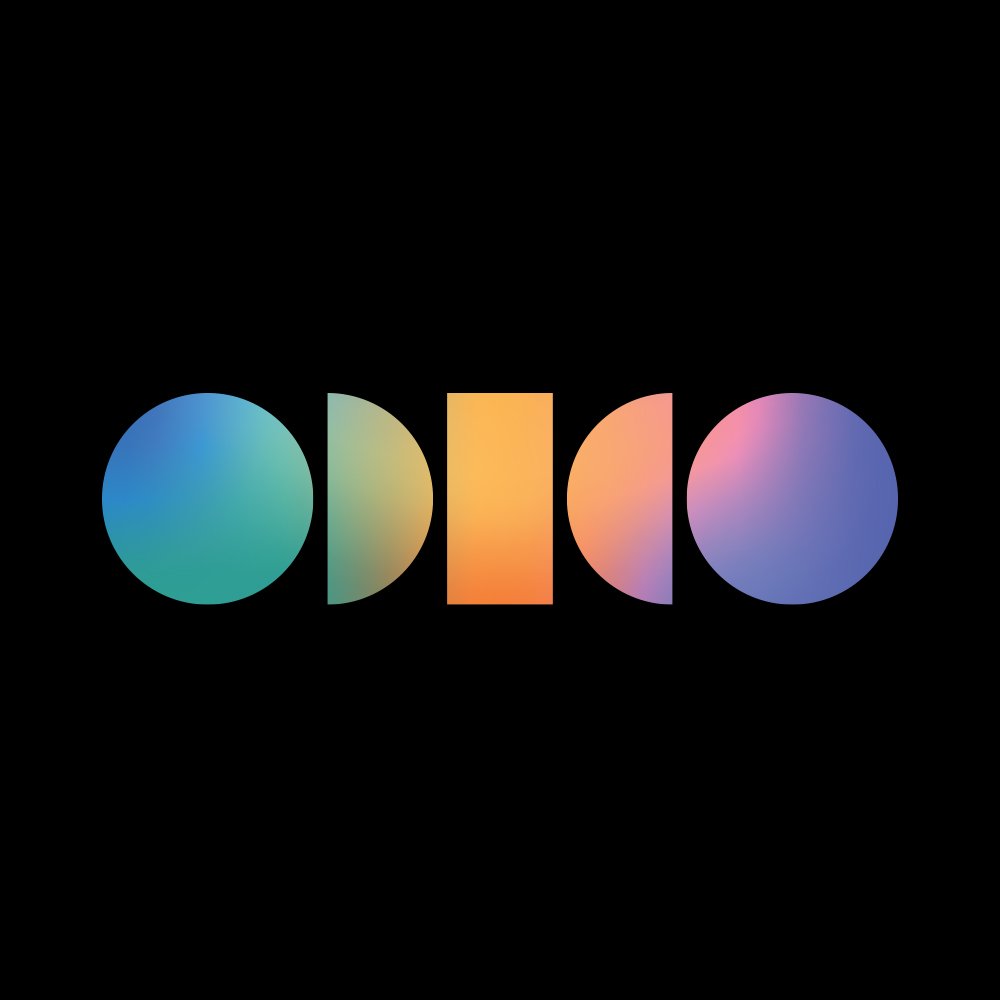
The lovechild of telecomm heavyweights T-Mobile and Tele2, Odido offers an ever-expanding fibre optic network and a speedy connection of up to 8 Gbps.
Even better? With flexible home internet packages, you can combine your WiFi with a TV, calling, or mobile bundle.
Budget Thuis

The best all-in-one fibre optic provider, Budget Thuis is the ideal choice for those on the hunt for affordable internet, TV, and calling bundles.
And, best of all: despite running on KPN’s extensive network, Budget Thuis saves you KPN’s pricey fibre optic bills.
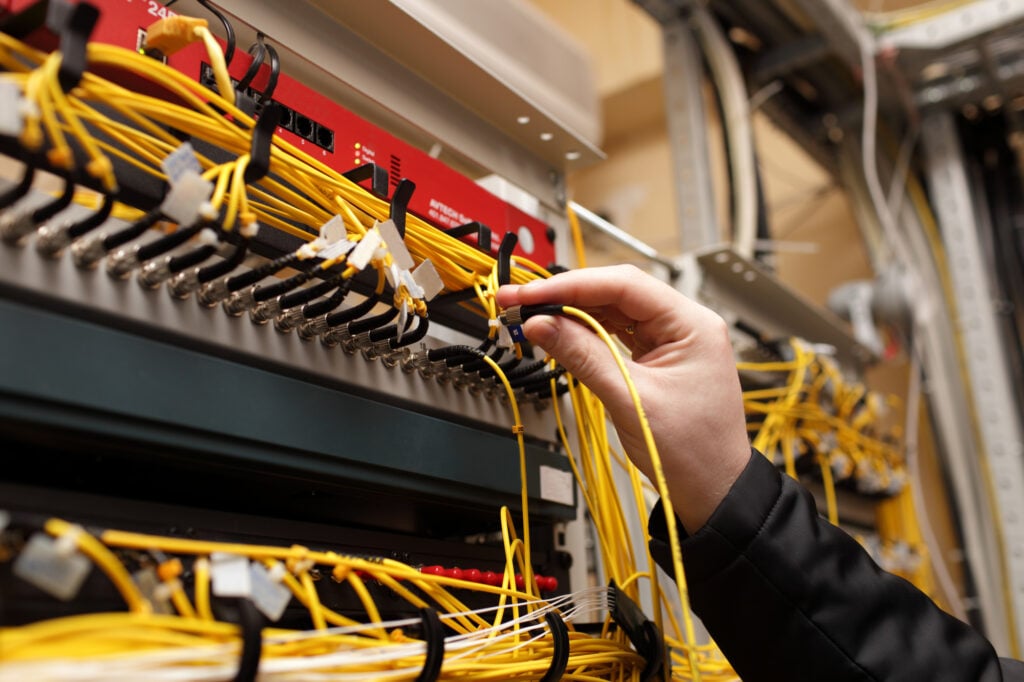
Otherwise, if you’re looking for a solid internet connection at home but need something more affordable, cable or DSL might be the way to go.
Cable internet connections are still relatively stable and fast (depending on the speed you choose), and they’re usually cheaper than fibre optic connections.
DSL is the easiest, cheapest, and most widely available internet connection to install, but it’s also a lot less stable than cable or fibre optics.
3. The maximum internet speed depends on where you live
It’s also good to keep in mind that your Dutch address will likely affect the highest internet speed you can get to your home. This mainly has to do with the types of internet connections mentioned before.
For example, if you live more in the suburbs or the countryside, it’s actually easier to connect to fibre optics.
It became a priority to connect rural areas with better internet because they didn’t have a better alternative and plenty of space to build new infrastructure.

On the other hand, if you live in a big Randstad city like Rotterdam or The Hague, getting fibre optic connections to your home might be a little more difficult.
READ MORE | What is the Randstad? The complete explainer
The municipality needs to break roads to install fibre optics, and with already established infrastructures in these larger cities, it can take a little longer to get these connections ready.
4. You’ll most likely need a Dutch bank account to pay for internet in the Netherlands
Most internet providers in the Netherlands require you to have a Dutch bank account to pay for an internet subscription.
READ MORE | How to open a Dutch bank account: ultimate guide
This is especially the case if you’re buying a mobile internet or phone subscription alongside a regular internet connection.
Of course, there are some exceptions to this — some internet providers may allow different payment methods, but it’s best to check requirements and consider getting a Dutch bank account before settling on a deal.

5. Internet in the Netherlands can cost as little as €30 and as much as €100 euros per month
Every internet provider is different in the options and services they offer, and costs for installation and maintenance can vary.
Subscriptions can range from €30 to over €100 per month, but prices typically fall between €40 and €80 per month.
6. It can take up to three weeks to connect the internet to your home
Different internet providers also have different waiting and installation times when you decide to get internet for your Dutch home.
Some providers can close a deal and install your internet within a few days, and other times it can take up to three weeks to connect the internet to your house.
In most cases, it’s a great idea to plan ahead.
7. You can get TV and mobile deals alongside your internet subscription
Many Dutch internet providers also have combination subscriptions and deals for television and mobile phones.
You can hit two (or three!) birds with one stone and get a convenient deal for the essential utilities at a good price point.

Several Dutch mobile data providers like KPN, Odido, and Youfone offer quite comprehensive TV and internet plans.
8. Dutch internet is accessible and secure (but you can never be too cautious!)
Internet in the Netherlands is completely free from government censorship, and there are plenty of laws in place to protect network neutrality.
Despite that, it’s always a good idea to take caution. There are plenty of virtual private networks (VPNs) available for use in the Netherlands, to help make sure you’re browsing the net with privacy.
It’s important to get acquainted with the internet in the Netherlands and how it set it up, but it doesn’t have to be a daunting, stressful task. You’ll be surfing the web in no time! 💪
What are your experiences like with getting Dutch internet? Tell us in the comments!

Yep, you read that right! The average download speed in the Netherlands comes to around 129 Mbps (megabytes per second).
You mean MegaBITS per second. Megabytes is Megabits DIVIDED BY 8.
One byte (8 bits) is one alphanumeric character’s-worth of data, for reference. Modern IT systems send millions of characters per second and more!
Big difference and complete rookie error to make.
Apart from that, good enough article that covers most basics about the subject.
Hey there, thanks for pointing out that mistake! We’ve corrected it in our article now.